Plantar fasciitis
Caused by micro tearing of the resilient band of fascia that spans from your heel to your toes. Pain is most often felt on the bottom of the heel, and sometimes extends to the foot arch. The plantar fascia plays a key role in stabilizing the foot during walking and running. Its elastic properties contribute to energy production as it stretches, then shortens, propelling you forward and upward when walking, running or jumping. Plantar fasciitis is a painful condition that severely inhibits the function of your plantar fascia.
Achilles tendonitis and Achilles tendon ruptures.
The Achilles tendon attaches your calf muscles to your calcaneus, or heel bone. Like the plantar fascia, the elastic properties of the Achilles tendon contribute significantly to energy production during locomotion. If left untreated, an injured Achilles can degenerate over time, causing long-term pain and disability.
Heel bursitis
Heel bursitis is inflammation of the heel bursa pads, fluid-filled sacs that cushion soft tissues, preventing them from rubbing against rigid structures. Heel bursitis is felt deep within the heel, or sometimes at the back of the heel.
Calcaneus fractures
Calcaneus fractures are most often the result of trauma, such as a fall from a high elevation that crushes your heel bone upon landing. They can be caused by repetitive overuse during sports or exercise. In severe cases, surgery may be necessary to reconstruct the heel bone, followed by physical therapy to restore functional movement.
Heel spurs
Heel spurs are calcium deposits that arise from the heel bone. They rub against soft tissues, causing pain and inflammation. Heel spurs are common among running and jumping athletes. They are often misdiagnosed as plantar fasciitis, and vice versa.
Sever’s disorder
Sever’s disorder appears most frequently in children and teenage athletes. It occurs when the heel plate suffers micro traumas during a growth spurt, causing damage to the growth plate. The heel in growing children is more vulnerable to damage because the foot and heel grow faster than the muscles and connective tissues of the lower extremity, reaching their full size while other structures are still developing.


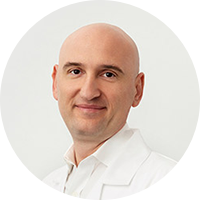
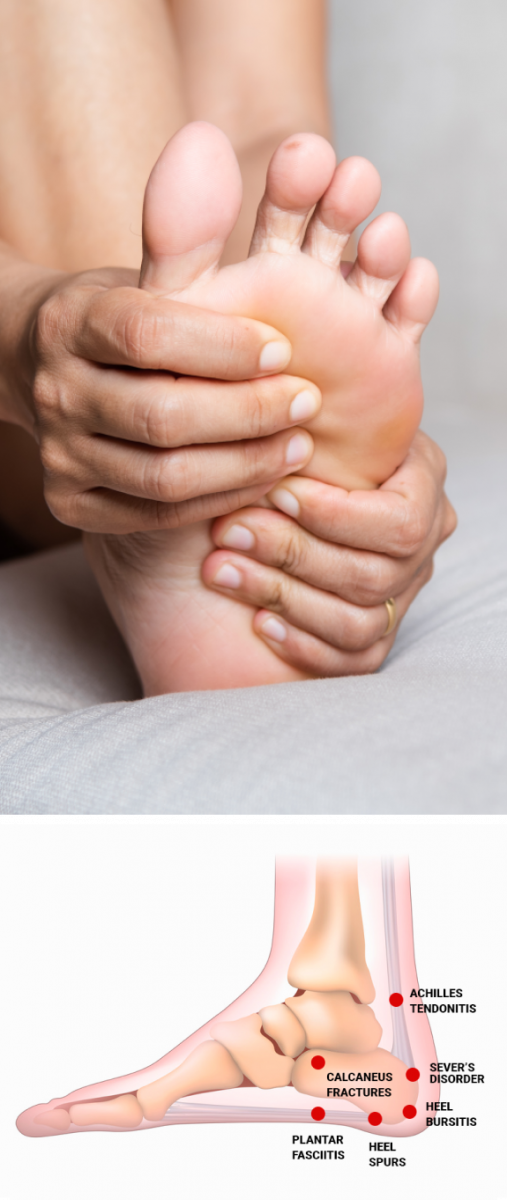
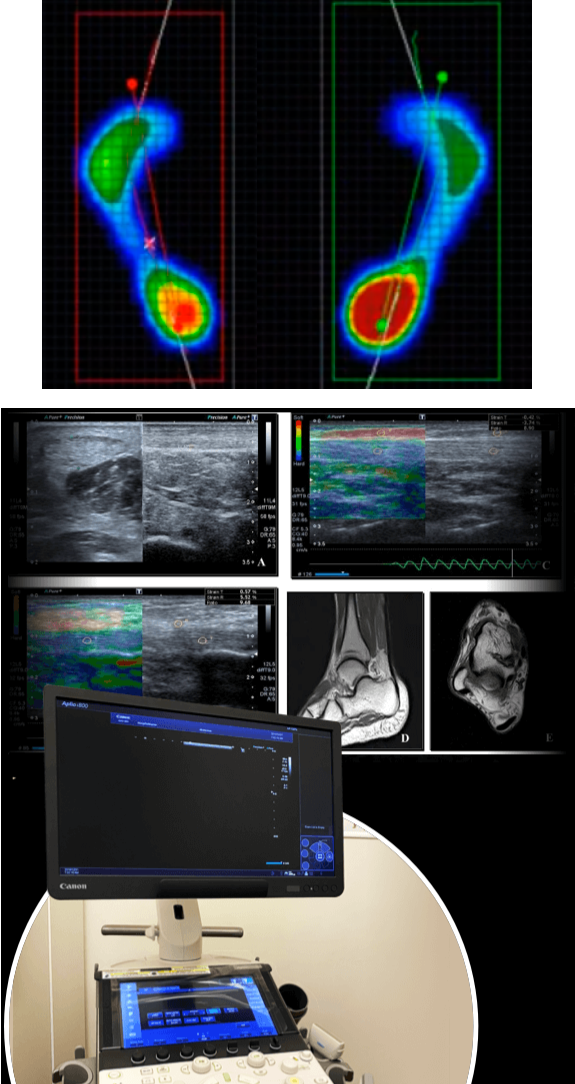
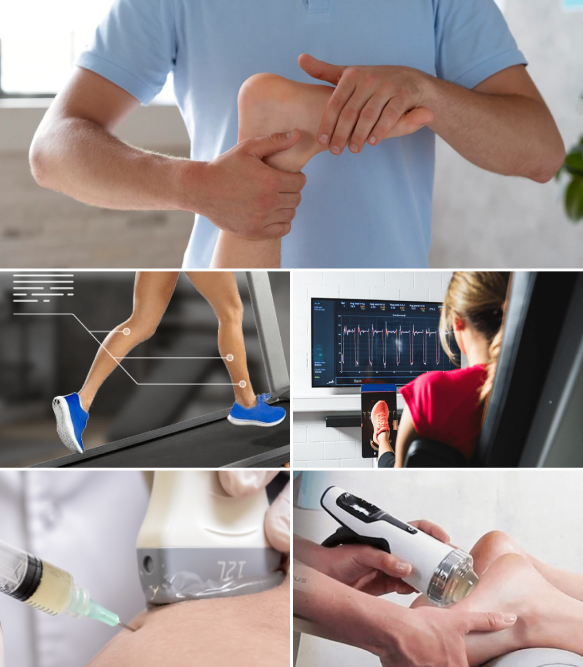
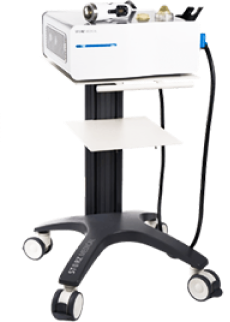
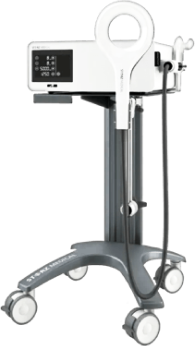
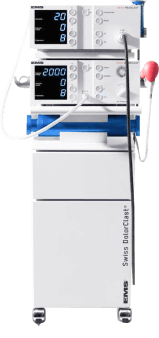
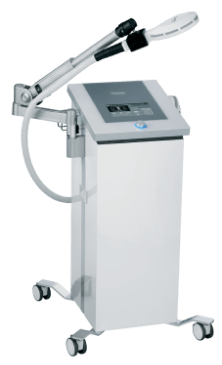
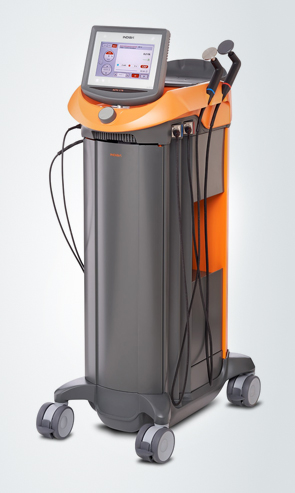
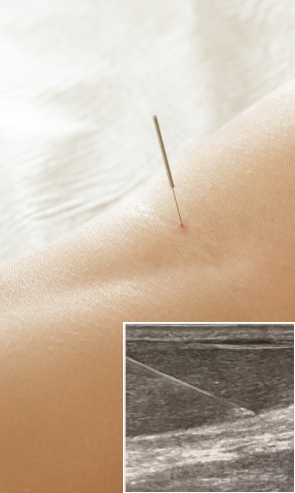








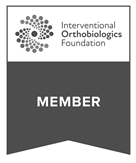
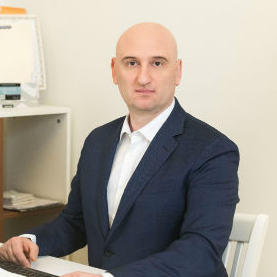
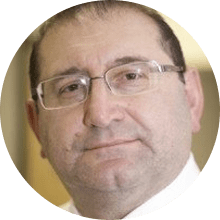 Dr. Mikhail Bernshteyn
Dr. Mikhail Bernshteyn  Dr. Michael Goynatsky
Dr. Michael Goynatsky 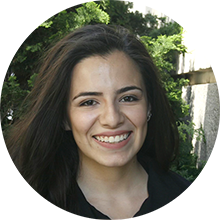 Dr. Daniela Escudero
Dr. Daniela Escudero  Dr. Michelle Agyakwah
Dr. Michelle Agyakwah  Dr. Tatyana Kapustina
Dr. Tatyana Kapustina 

























